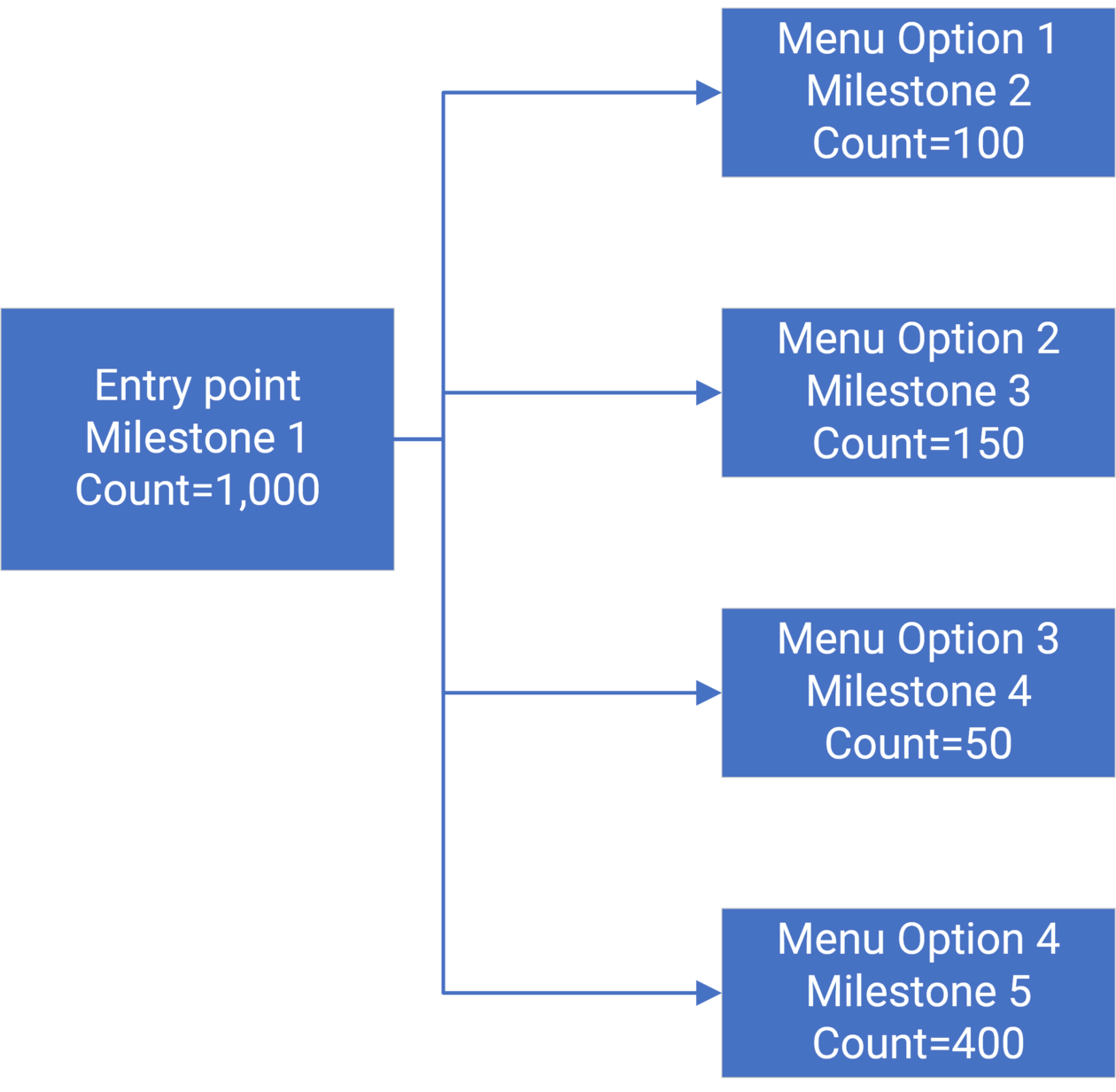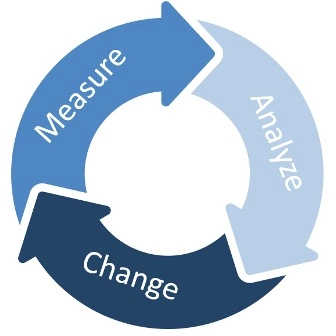Your Genesys Blog Subscription has been confirmed!
Please add genesys@email.genesys.com to your safe sender list to ensure you receive the weekly blog notifications.
Subscribe to our free newsletter and get blog updates in your inbox
Don't Show This Again.

This blog was written by Melissa Swartz, Founder, Swartz Consulting LLC.
“Any change, even a change for the better, is always accompanied by drawbacks and discomforts.” – Arnold Bennett
“Drawbacks and discomforts” do not sound like fun. Moving from an on-premises contact centre to the cloud is a big change. And making the change while minimising discomfort can be a challenge. As a vendor-agnostic consultant, I’ve worked with many clients in evolving to a cloud contact centre. Here are some pitfalls you can avoid with your migration.
1. Moving your existing setup to the new cloud platform. This can be tempting. If you have good documentation on your existing system, it’s relatively easy to just take that and build it in a cloud environment. However, in the long run, this can cause issues.
First, the new solution will (almost always) offer capabilities you don’t have in the current system. If you move your contact centre as-is to the new platform, you’ll be missing out on the benefits these new capabilities offer. Opportunities could include:
A move to a new solution is an opportunity to look at ways to improve your current operation. You can optimise the design of your contact centre to remove roadblocks and inefficiencies.
Don’t miss out on realising the full benefits of the new solution. It takes more work up front for a redesign, but the long-term benefits of a digital transformation can be huge.
2. Migrating to the cloud too quickly. Sometimes it’s necessary to migrate to a cloud solution quickly. But if your situation allows it, a slower pace can be better.
In a large contact centre, there are many stakeholders to consider, such as:
Each of these groups will have to learn new ways to work, new capabilities, and new systems to administer and support.
Customer service agents and supervisors will have a lot of new processes and tools to absorb, such as:
It’s a lot.
Your move to the cloud should only progress at the pace that the slowest stakeholder can support.
It’s often a good strategy to introduce changes in phases, to limit the amount of “newness” that has to be absorbed at any one time.
For example, a migration strategy could start with a move to the new solution, without any additional capabilities. Once the teams have adjusted, new tools (call summarisation, reporting metrics, process automation, speech analytics, etc.) can be added in one at a time.
3. Lack of foundation for reporting. Customer and employee experience are very important aspects of system design. It’s also critical to be able to measure them.
It’s been said that “data is the new gold,” and contact centres collect A LOT of data. There can be information on customer sentiment and behavior, and insights into product problems or common questions.
If data is the gold of the contact centre, then reporting is the way to mine the gold. Insights can be extracted from the data and used to make improvements in products and customer experience.
Gaining these insights is only possible if the reporting mechanism is in place. The design of the new solution must include points of measurement throughout a process. In the Genesys Cloud™ platform, these are called “milestones,” and they’re inserted into the system to measure activity at that point.
Here’s a simple example: A customer enters a call flow at a point that contains a milestone. They’re offered a menu of options — and each option also contains a milestone.

A report showing the counts for each milestone would reveal:
With this information, you could take action to improve the customer experience by putting Option 4 as the first choice. And perhaps you could re-phrase the prompt at the entry point that describes the menu choices or provide additional options.
However, you wouldn’t have these insights without the placement of milestones within the design.
It’s essential to consider reporting requirements when designing your interactions. To do this, you must first know what you want to measure. This will allow you to build the necessary foundation for the reports you’ll use to gain insights from the “gold” available from the contact centre.
4. Lack of staff to analyse data. You must examine your data in order to profit from it. This is not the kind of task you can assign to just anyone. And it’s not reasonable to add this work on top of a stack of other work that a staff member is already doing.
The best data miners are typically good at math and analysis. It takes the right mindset and a talent to extract quality insights. And it takes dedicated time for the analysis. In short, it takes a staff position dedicated to this work.
When done correctly, there is an ongoing process of continuous analysis and improvement.

Staffing for this task will allow you to:
If you are using bots and/or artificial intelligence (AI), it’s important to assess the quality of the results and optimise them for usability and accuracy.
Finally, you need staff to extract insights from the data to make improvements in products, fine-tune marketing initiatives and elevate company strategy.
5. Not budgeting for the cost of the bots. Your new solution may include bots. There are different types of bots (voice, digital, etc.) you can use.
And there are several components that make up the total cost for using bots:
Typically, bots are used to provide customers with AI and self-service options that deflect them from engaging with a human agent. If the bots work as planned, you might be able to eventually reduce your human headcount and offset the costs associated with the bots.
However, this won’t happen immediately. Your budget should include a period of time where you’re paying for a full staff of human agents and the bots simultaneously.
In addition, consider whether you’ll need additional staff to monitor and optimise the bots.
Hopefully you can avoid these potential pitfalls in your migration to a cloud contact centre — and minimise the “drawbacks and discomforts” you experience on your journey.
For a better understanding of what steps your business needs to take to move your contact centre to the cloud, reach out to me.
Links within the text to related Genesys content were inserted by editors.
Subscribe to our free newsletter and get the Genesys blog updates in your inbox.